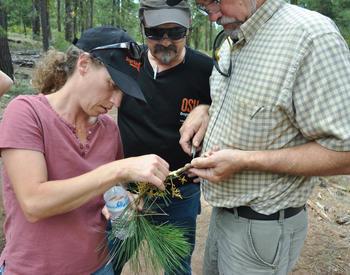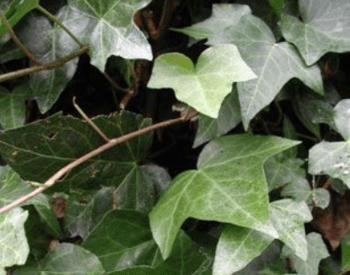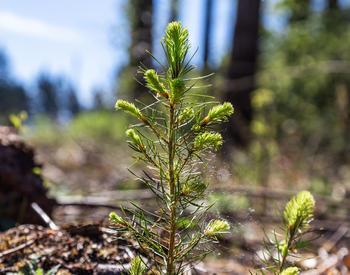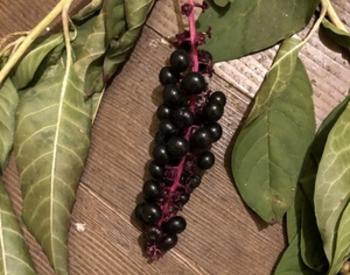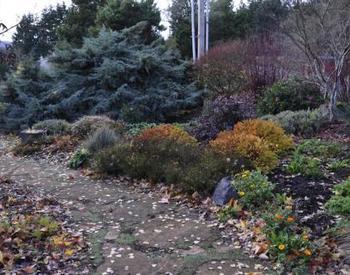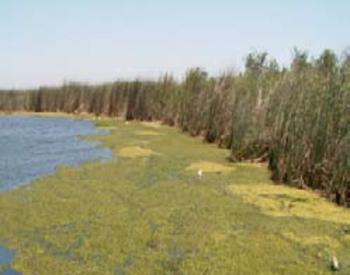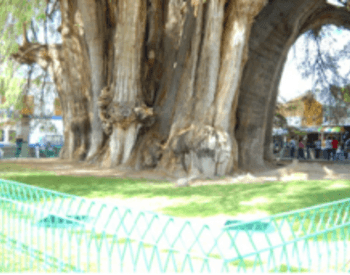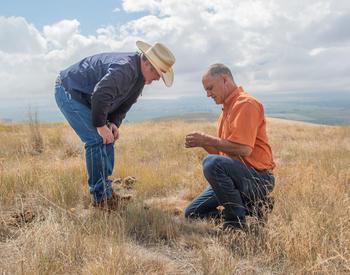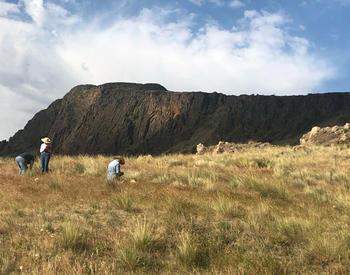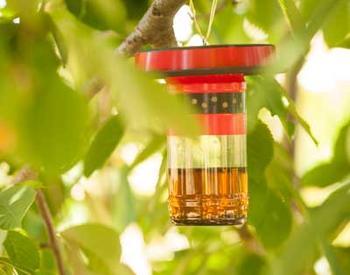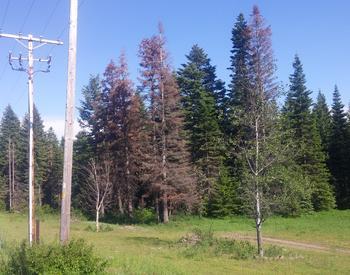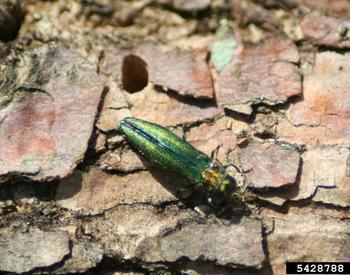CORVALLIS, Ore. – In late June 2022 the dreaded emerald ash borer, which has decimated hundreds of millions of ash trees east of the Rocky Mountains, was discovered in Oregon. Oregon State University Extension Service, working with Oregon Department of Agriculture, Oregon Department of Forestry and other partners, responded immediately.
After ODA confirmed and announced the identification of the invasive insect in Forest Grove in Washington County, OSU Extension stepped in to curate and disseminate essential information about the devastating pest and assist with initial monitoring efforts to determine how far and fast the insect is spreading in Oregon.
“For emerald ash borer, and other known and emerging issues, OSU Extension has become a valued and trusted partner because of our ability to quickly bring relevant expertise to the table and effectively share research-backed information through our statewide network,” said Alex Gorman, OSU Extension forester. “With this foundation and our established connections with agency partners, we were poised not only to contribute to the immediate response, but also to longer-term actions."
Gorman had only recently started in his new position serving Washington, Columbia and Yamhill counties. His first reaction, he said, was a sense of dread followed by sadness. Gorman knew what to expect from his exposure to EAB while a graduate student at the University of Minnesota.
Guided by Oregon’s existing emerald ash borer readiness and response plan, he knew how to quickly contribute that expertise. OSU Extension’s role is to conduct and share results of relevant research, which includes coordinating Oregon Forest Pest Detector training programs and providing information through our established channels and programs, including Master Gardeners, Master Woodland Managers, Master Naturalists and other volunteer networks.
The same day the detection was announced, OSU Extension activated an interdisciplinary team that includes faculty and staff with expertise in forestry, pest management, invasive species, horticulture and communications. The OSU team quickly organized essential information on their online EAB resources webpage and shared it through social media, announcements on county webpages and newsletters. The page includes information on how to identify ash trees, how to identify the insect and recognize look-alikes, how to monitor for EAB and report sightings and recommendations for tree protection.
An existing publication – Oregon Forest Pest Detector Pest Watch – Emerald ash borer – was rapidly updated online and a pocket guide was reprinted. Copies immediately went to ODF and all OSU Extension offices around the state for distribution. The guide includes insect identification, host plants, signs and symptoms and what to do if you suspect an insect you've seen is EAB.
“We have infrastructure, expertise and capacity to disseminate information in a way that makes sense and is helpful and productive and informative,” said Chris Hedstrom, communications and outreach coordinator for the Oregon IPM Center in OSU’s College of Agricultural Sciences. “Extension does a great job moving quickly. We have the ability to publish quickly and to house all the information in one place.”
Getting out accurate information
To date, OSU Extension’s EAB resource page and educational content—including several publications, articles, a video and a podcast episode—have received more than 4,970 views. Extension foresters have distributed information through educational workshops, webinars and community events to reach 600 people. And social media posts through OSU Extension’s Master Gardener program have reached more than 63,400 people with upward of 1,600 shares.
“Getting accurate information to the public is essential,” said Jennifer Alexander, communications director for OSU Extension. “While our Extension educators are focused on the science and direct outreach, we are partnering with them to support development of information and educational material, and ensure the right information is available on the right platforms to reach the right audiences.”
Gorman, Hedstrom, Alexander and other OSU Extension team members also serve on committees in an ODA-led interagency task force that coordinates the state’s ongoing response. That includes research funded by the U.S. Forest Service to develop surveying and monitoring protocols for EAB. Work will also be done to help small landowners determine how EAB will affect their property, strategize responses and set up a network for landowners that builds on individual experience.
EAB has the ability to change the Oregon landscape and alter entire ecosystems, not only in communities where ash are common street trees, but also in natural areas where native ash trees have a large distribution area, mainly in riparian areas.
The ODA has enacted a quarantine limiting the movement of ash, olive and white fringe tree materials from Washington County. So far, Forest Grove is the only place EAB has been detected in Oregon, though researchers suspect the insect has been in the state for five to six years. There’s no doubt the insect will spread as it has in all other areas where it’s established.
The goal, Gorman said, is to keep the insect’s spread as slow as possible as scientists continue to work on finding solutions.
